Visitor Management System
A Visitor Management System (VMS) is a digital solution that streamlines the process of managing visitors within a facility. It integrates various functionalities to enhance security, improve efficiency, and ensure compliance with regulations.
Index
List of Services
-
01List Item 1
What is a Visitor Management System?
-
02List Item 2
Complex Compliance Needs with a Secure Visitor Management System
-
03List Item 3
The Advantages of Implementing a Visitor Management System
-
04List Item 4
Which Industries Benefit from Visitor Management Systems?
-
05
How Does a Visitor Management System Work?
-
06
How to Choose the Best Visitor Management System?
-
07
Components of a Visitor Management System
-
08
How to Implement a Visitor Management System?
-
09
Future Trends in Visitor Management Systems
-
10
Download the Guide to Visitor Management Systems
Index 01
What is a Visitor Management System?
A Visitor Management System (VMS) is specifically designed to register, track, and manage visitors effectively, ensuring that their experience is both secure and efficient. It typically includes a variety of advanced features, such as online customer registration, comprehensive Know Your Customer (KYC) documentation, efficient visit request management, and real-time monitoring of visitor activity and statuses.
By integrating these capabilities, the system streamlines the check-in, check-out processes, and enhances security protocols and administrative oversight.
Ultimately, this robust system ensures a secure and seamless visitor experience, guiding individuals smoothly from the moment they register until their departure from the premises.

Index 02
Complex Compliance Needs with a Secure Visitor Management System
A secure Visitor Management System (VMS) plays a vital role in helping organizations navigate and meet complex compliance requirements by ensuring meticulous record-keeping, thoroughly verifying visitor identities, and effectively managing Know Your Customer (KYC) documentation.
By implementing such a comprehensive system, organizations can streamline their processes while maintaining a high level of security and accountability across all areas of operation.
This capability is especially crucial for industries that operate under stringent regulatory standards, as it significantly reduces the risk of non-compliance and enhances overall operational integrity.
A robust
VMS
safeguards sensitive information against unauthorized access and fosters trust with both employees and clients through transparent and reliable visitor management practices. In addition, a well-managed visitor system can contribute to a positive overall environment by reflecting an organization’s commitment to security and professionalism, ultimately reinforcing its reputation in the industry.

Index 03
The Advantages of Implementing a Visitor Management System
Implementing a Visitor Management System (VMS) offers several significant benefits that can greatly enhance overall operational efficiency and security within an organization:
Enhanced Security
One of the primary advantages of a VMS is the improved security it provides through a robust verification process for visitor registration and Know Your Customer (KYC) protocols. This ensures that only authorized individuals gain access to your premises, significantly reducing potential security risks.
Improved Efficiency
Another key benefit is the streamlined operational workflow that comes with automated visit requests and approval processes. This saves time for both staff and visitors, and also minimizes the likelihood of human error, leading to a more organized approach to managing visitor access.
Better Visitor Experience
A VMS enhances the visitor experience by introducing features such as self-service kiosks for check-in and check-out. This allows guests to navigate the process independently, reducing wait times and improving overall satisfaction with their visit to your facility.
Comprehensive Monitoring
With the implementation of a VMS, organizations can benefit from comprehensive monitoring capabilities provided by a control room dashboard. This feature allows security personnel to keep a close watch on visitor activity in real-time, further enhancing security measures.
Integration Capabilities
Many modern VMS solutions offer integration capabilities with third-party security systems and technologies to ensures that the visitor management process seamlessly interact with existing security infrastructure, creating a more cohesive and efficient security framework.

Index 04
Which Industries Benefit from Visitor Management System?
Various industries benefit significantly from a VMS (Visitor Management System), including a diverse range of sectors such as:
Corporate offices
Which utilize VMS to streamline guest check-ins and enhance security protocols.
Government buildings
Where managing visitors efficiently is essential for maintaining safety and order.
Hospitals and healthcare facilities
which rely on VMS to monitor patient visits and ensure proper identification of visitors for security reasons.
Educational institutions
where a visitor management system helps track guests and maintain a secure environment for students and staff.
Manufacturing plants
which benefit from monitoring visitors to protect sensitive areas and ensure compliance with safety regulations.
Research and development centers
Where safeguarding intellectual property and maintaining a controlled access environment is crucial.
Index 05
How Does a Visitor Management System Work?
A Visitor Management System (VMS) typically works as follows:
Visitors register online and upload KYC documents
Visitors are required to register online, where they can conveniently upload their Know Your Customer (KYC) documents to ensure compliance with security protocols.
They place a visit request, specifying the purpose and details of their visit
Once registered, they proceed to place a visit request, carefully specifying the purpose of their visit along with relevant details such as the date and time, which helps in facilitating a smooth and organized process.
The admin panel routes requests to the appropriate departments or offices for approval
Upon submission, the requests are routed through the admin panel to the appropriate departments or offices, where they undergo a thorough review and approval process.
Security admins review and approve customer profiles
Security administrators are tasked with scrutinizing and approving each customer profile, ensuring that only authorized individuals gain access to the premises.
Approved visitors receive a confirmation and can use self-service kiosks for quick check-in and check-out
Once a visitor's profile is approved, they receive a confirmation notification, allowing them to take advantage of self-service kiosks that streamline their check-in and check-out procedures, thus saving valuable time.
The control room dashboard monitors visitor movements and statuses
A centralized control room dashboard continually monitors visitor movements and statuses, ensuring that any unusual activity can be addressed promptly.
The system can integrate with third-party security solutions for added safety
The VMS has the capability to integrate seamlessly with third-party security solutions, enhancing overall safety measures and providing a comprehensive security infrastructure for the organization.
Index 06
How to Choose the Best Visitor Management System?
When selecting a Visitor Management System (VMS), it’s essential to carefully evaluate a variety of important factors that can significantly influence your overall experience and effectiveness.
Security features and compliance capabilities
First, take a close look at the security features and compliance capabilities offered by the system, as these are crucial for protecting sensitive information and ensuring adherence to relevant regulations.
Ease of use and visitor experience
Consider the ease of use and the visitor experience; a user-friendly interface can facilitate smoother interactions for both staff and guests.
Integration with existing systems
Assess how well the VMS can integrate with your existing systems, as seamless integration can enhance operational efficiency.
Customization options
Customization options are another key aspect to examine, as being able to tailor the system to meet your specific needs can greatly improve functionality.
Reporting and analytics capabilities
Reporting and analytics capabilities are vital for tracking visitor trends and making data-driven decisions.
Vendor support and reputation
Vendor’s support and overall reputation within the industry is crucial, as reliable support can make a significant difference in your experience with the system.
By thoughtfully considering these factors, you will be better equipped to make an informed decision regarding the VMS that best meets your organization’s needs.
Index 07
Components of a Visitor Management System
Key components of a Visitor Management System (VMS) include several essential features that enhance the visitor experience while ensuring security and efficiency.
Online registration platform
Allows visitors to register in advance, streamlining the entry process.
KYC document upload feature
Enables visitors to submit their identification and other necessary documents beforehand, facilitating a quicker check-in.
Visit request and approval workflow
Which allows hosts to manage and approve visitor requests in an organized manner.
Admin panel for managing entities
Which is crucial, as it provides administrators with the tools to oversee various locations such as buildings, departments, and offices within an organization.
Security admin module for profile approvals
Ensures that all visitor profiles are vetted and approved by designated security personnel, maintaining high standards of safety.
Self-service kiosks for check-in and check-out
Allowing visitors to navigate their arrivals and departures with minimal hassle.
Monitoring control room dashboard
Provides real-time insights and oversight, enhancing situational awareness.
Integration with third-party security systems
Ensures a seamless flow of information, bolstering overall security measures and connecting various layers of security protocols in place.
These components work together cohesively to create a robust visitor management solution.
Index 08
How to Implement a Visitor Management System?
To effectively implement a Visitor Management System (VMS), it is essential to take a structured approach that includes several key steps.
Assess your facility's needs and compliance requirements
First, begin by thoroughly assessing your facility's unique needs and compliance requirements to ensure that the system will address any specific challenges or regulations you may face.
Choose a VMS that meets your criteria
Conduct research to choose a VMS that not only meets your established criteria but also offers the flexibility and features necessary for your organization's success.
Customize the system to fit your workflows
Once you have selected a suitable system, customize it to align with your existing workflows, making sure that it integrates seamlessly into your daily operations.
Train staff and stakeholders on using the system
It's crucial to provide comprehensive training for staff and stakeholders to ensure everyone is knowledgeable and confident in utilizing the new system.
Roll out the system in phases, starting with a pilot
When it comes time to roll out the VMS, consider implementing it in phases, starting with a pilot program to test its functionality and gather initial reactions.
Monitor and adjust the system based on feedback and performance
Continuously monitor the system's performance and solicit feedback from users to make adjustments as needed, ensuring that the system evolves in response to your organization's changing needs.
Index 09
Future Trends in Visitor Management System
The landscape of visitor management systems (VMS) is continually evolving, driven by technological advancements and the changing needs of businesses. Here are some future trends to watch for:
Integration with IoT and Smart Devices
The Internet of Things (IoT) is set to revolutionize visitor management. Smart devices, from wearable tech to connected sensors, will provide seamless check-in processes and real-time tracking of visitors within a facility. These integrations will enhance security and offer personalized experiences.
Artificial Intelligence and Machine Learning
AI and machine learning will play a crucial role in automating visitor management processes. These technologies can predict visitor behavior, streamline check-in/check-out procedures, and even provide real-time assistance through chatbots and virtual assistants.
Enhanced Data Privacy and Security
With the increasing focus on data privacy regulations (such as GDPR), future VMS will place a stronger emphasis on data security. Encryption, secure data storage, and compliance with international standards will become standard features to protect visitor information.
Contactless Solutions
Post-pandemic, there is a growing demand for contactless solutions. Future VMS will likely incorporate facial recognition, QR codes, and mobile-based check-ins to minimize physical interactions and enhance safety.
Advanced Analytics
Future VMS will offer advanced analytics capabilities, providing businesses with insights into visitor patterns, peak times, and resource utilization. This data can drive decision-making, optimize operations, and improve overall visitor experiences.
Personalized Visitor Experiences
Personalization will be key in the future of visitor management. Systems will be able to tailor the visitor journey based on previous interactions, preferences, and behavior, offering a unique and engaging experience for each visitor.
Index 10
Download the Guide to Visitor Management System
For an in-depth understanding of visitor management systems, including key components, advantages, industry applications, and future trends.
Download the guide to the Visitor Management System.
Your complete guide to Visitor Management System



